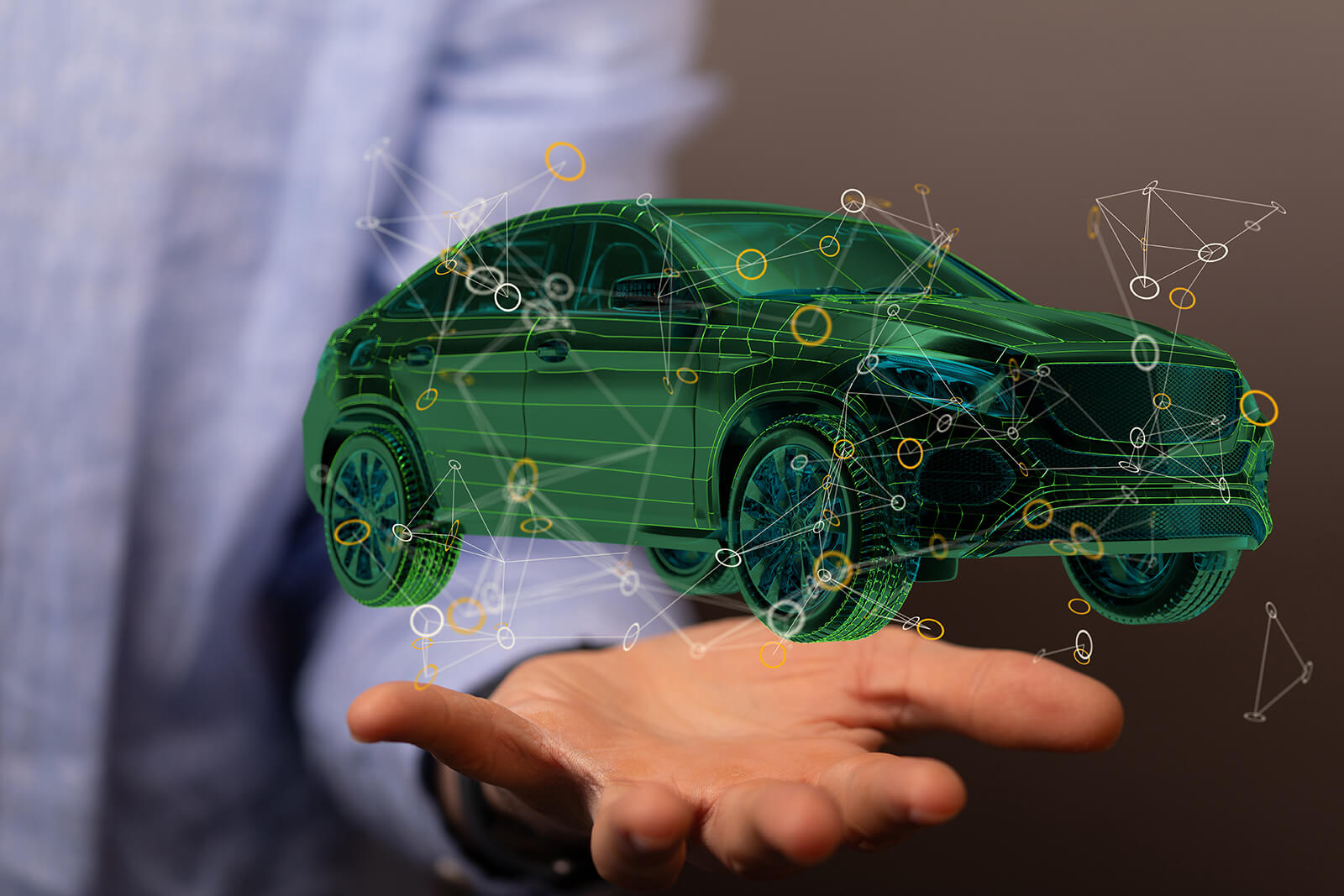Sustainable production in the automotive industry is a pivotal frontier in the global effort towards environmental responsibility. The automotive sector, renowned for its technological innovation and economic impact, is steering towards a greener future. Simultaneously being an ecological necessity, the shift towards sustainable production is becoming a business strategy. It responds to regulatory pressures and increasing consumer demand for eco-friendly products.
Sustainable production in the automotive industry represents a crucial aspect of the global movement towards environmental responsibility. This sector is traditionally a powerhouse of technological innovation and a significant part of the economy. The industry is undergoing a transformative shift towards more environmentally friendly practices. Several factors influence this evolution:
Sustainable production in the automotive industry has many aspects. It has sources in environmental concerns, consumer preferences, and regulatory frameworks. It considers the strategic business perspective, the potential for innovation, and economic growth. As the industry evolves, these factors will likely play a crucial role in shaping its future direction.

The drive toward sustainability in the automotive industry is a comprehensive endeavor. It aims to address the sector’s traditionally significant environmental impact, reduce carbon emissions, and holistically integrate green practices into all aspects of production and operations.
A significant shift within the industry is the transition towards renewable energy sources. Having recognized the environmental and economic benefits, automotive manufacturers are incorporating solar and wind energy into their operations. This transition is evident in several ways:
Another critical aspect of this sustainability drive is the adoption of sustainable materials in vehicle manufacturing:
The automotive industry’s drive toward sustainability is a robust and multi-dimensional effort. It involves adopting renewable energy sources and rethinking material choices and manufacturing processes. This transformation is critical for reducing the environmental impact of the industry but also for ensuring its long-term viability in a world increasingly focused on sustainability.
A prominent Fortune 100 automotive company with operations in over 50 countries has undertaken a significant overhaul of its energy management. This initiative involves several strategies:
Through these efforts, the company has made substantial progress toward its sustainability goals, showcasing how large-scale energy management can play a pivotal role in reducing the environmental impact of automotive manufacturing.

DHL’s approach to sustainability in automotive supply chains illustrates the importance of considering the entire lifecycle of vehicle production and delivery:
These efforts by DHL demonstrate how to achieve sustainability throughout the supply chain. They pave the way to a substantial reduction of the environmental impact of the automotive industry.
The case studies highlight different approaches to sustainability in the automotive industry, from energy management and material innovation to supply chain optimization. These efforts collectively represent a significant step towards a more sustainable automotive sector.
At Endego, we understand the complexities and challenges of transitioning to sustainable production practices. Our expertise lies in aiding automotive companies to navigate this transformation effectively. We offer strategic consulting, innovative solutions for energy management, supply chain optimization, and integration of sustainable materials and technologies. We empower our clients to meet their environmental responsibilities and enhance market competitiveness in a rapidly evolving industry.
In conclusion, sustainable production in the automotive industry is an essential step towards a more environmentally responsible future. As industry leaders demonstrate, it is possible to drive change that benefits both the planet and the business. At Endego, we commit to participating in this journey, supporting our clients every step of the way.
If you think about car… is it complicated? Chassy, wheels, engine, gearbox, stereo, air condition and you’re good to go. Well, cars are not so simple anymore. Automotive business evolved, and cars are no longer only about driving, it’s about how you spend you’re time during driving and of course – safety.
Read moreThe future of rail transport is inextricably linked to environmentally friendly technologies. According to many experts, hydrogen trains are to become one of the cornerstones of modern railways. How do Polish companies fare in terms of the advancement of work on the application of hydrogen in the railways? Can hydrogen trains revolutionise rail transport in our country and around the world?
Read moreThe idea of sustainability and a focus on ecology determine the direction in which modern public transport is heading. The hydrogen bus is an innovative means of transport that fits perfectly into the standards that modern public transport should meet. On the streets of Polish and foreign cities, it is increasingly common to see these low-emission vehicles, which not only quickly become a functional element of public transport, but also provide a range of benefits in other areas, including contributing to improved air quality in the locality. Along with their electric counterparts, hydrogen buses are expected to become an integral part of the urban landscape within the next few years. What makes such high hopes for them?
Read more